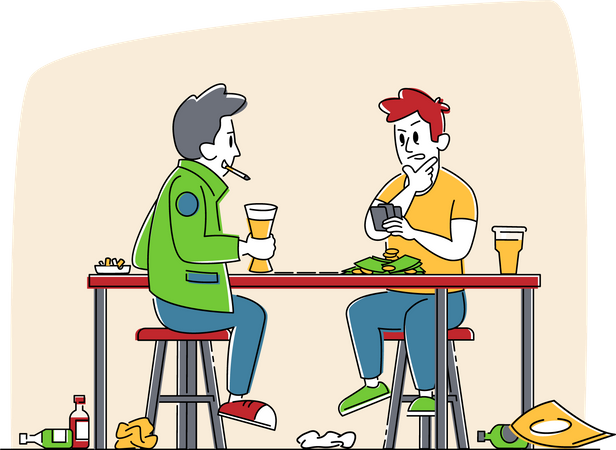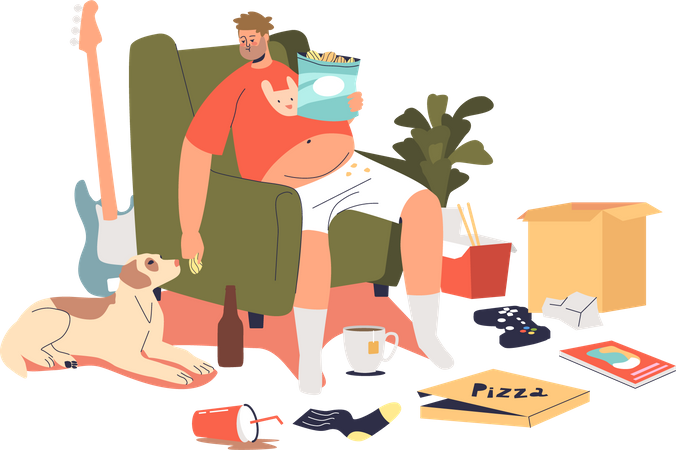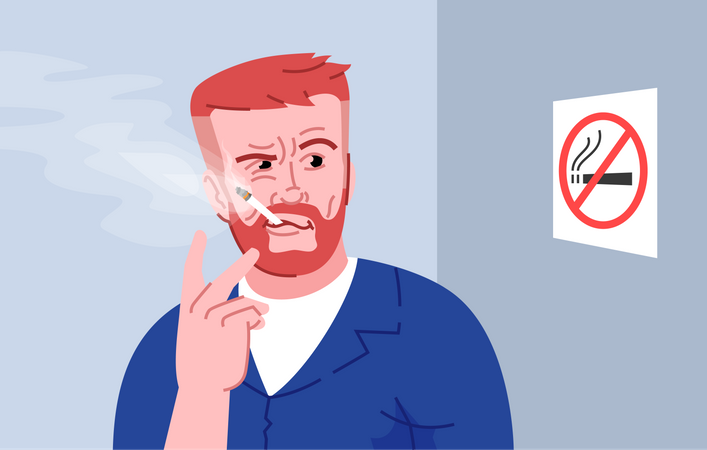I believe that addiction is not a weakness of character or lack of willpower or absence of moral fiber, as society likes to portray it. It is not a choice. It is a response to several adverse factors over which we have far less control than is generally believed.
Unfortunately, society treats addicts as scum. The public can be forgiven for their harsh attitudes because of the way addicts are portrayed on TV. Addicts often cause much grief to their families and friends. It is no surprise that large numbers end up in prison for numerous reasons. I am writing this for addicts themselves and all persons with compassion who wish to help someone suffering from addiction. This is no easy task.
Many are victims of trauma such as sexual or physical violence in childhood. On the other hand, the opioid crisis in the USA affected people of all races and from all walks of life, including folk brought up with loving care. Most were given the drugs to treat painful injuries (arguably another sort of trauma), unaware of the consequences. Many military veterans returning from duty in the Middle East returned as opioid addicts where the drug was freely distributed for first aid use.
Addiction is not just about substance abuse with drugs, alcohol, sugar, junk food or nicotine. It can also be behavioral, as with gambling, porn, sex and technology. The type of addiction and severity is different but the underlying causes are not.

Is addiction a disease?
The model of addiction as a neurological disease is still controversial but slowly gaining acceptance. Brain imaging techniques show exactly what changes take place in the brain. The central nervous system is affected and concerns a neurotransmitter called dopamine, the body’s natural reward system that makes us experience pleasure. We evolved that way and the body releases dopamine to let us know a particular action is good for our survival and to remind us to do it again.
The evolutionary aspect explains a lot. A kind of hierarchy of survival was established with food at the top followed by water and sleep. Food releases more dopamine than the next two. Drugs, alcohol and junk food can actually fool the brain into thinking that those substances are so important that they replace essential functions in the hierarchy. That’s why so many drug addicts are thin and pile on weight when they recover.
In short, the brain’s reward system becomes so over-stimulated and demanding that the person can only give in to their harmful urges and impulses.
Addictions to online games and our smartphones may not seem like a big deal but often prevent us doing more important things and can harm our jobs and relationships. Judgment and memory are also impaired as with substance abuse. What looks like a choice to other people is anything but. Habit takes over from conscious thought. The brain is essentially hijacked.
Medications such as buprenorphine (for drugs) and disulphiram (for alcohol) are used to help with withdrawal effects, but I’d be surprised if many prisons outside Scandinavia supply inmates with these. In any case, medications alone are not enough without psychological support and talk therapy.
The experts who disagree with the disease model usually do so on the basis that the classification itself is not helpful to an addict and stigmatizes them even more. If it is a disease, it sets them up for a relapse. The effectiveness and necessity of medications is disputed. They claim that the brain changes all the time and that addiction is only another pattern of learned behavior which began with a choice to smoke the first spliff or drink the first beer.
What they fail to do is suggest an effective alternative treatment method which does not involve the medical profession. The vast majority of addicts would agree that willpower alone is next to impossible.
What makes a person an addict?
There would appear to be different factors at play here. The most important is genetics. When someone says they have an ‘addictive personality’, this is often more than just an excuse and true for well over 50% of all addicts. This does not mean they will definitely become addicts but they drew a short straw. As with other mental illnesses, persons with bipolar disorder (formerly known as ‘manic depression’) often inherit it from a parent and are particularly vulnerable to addictions. It is often found in sex addiction.

The second is social environment. A person who has a stable relationship, a good social life and is doing well in their job will be getting plenty of natural dopamine reward without needing to seek out more. However, a withdrawn person without a lot of positives in their life is far more likely to succumb to drugs and alcohol.
The third is development. The frontal cortex of our brain is not fully formed until our mid-20s. This makes teenagers especially prone to risk-taking and vulnerable to unnatural releases of dopamine. There are many calls for more intervention among under 21s. 90% of addicts become addicted while in their teens because their brain is not fully formed therefore more susceptible to getting hijacked.
Teenage years are stressful for the vast majority of us, male and female. We are struggling to find our identity. Even in families without emotional or sexual abuse issues, poverty is rife these days. In addition, parents may be constantly fighting, be addicts or have mental health problems themselves, and have little time or energy to forge a good relationship with their children. This can lead to feelings of neglect, worthlessness, social anxiety and many other problems. School is rarely a barrel-load of fun and made worse by factors such as bullying and bad grades. Alcohol and drugs can become the only escape and from that point on, things just get worse.
How to help someone with an addiction problem in prison
It is not unusual for hard drug addicts to be thrown in prison and left to go cold turkey. It is difficult to think of a more horrendous torture. Personally, I have suffered withdrawal effects in the clink from benzodiazapines (a prescription drug for anxiety). Walking up the walls is not an apt description. Aural and visual hallucinations are terrifying, and can continue indefinitely. Tolerance/dependence always sets in before addiction, so that you cannot just stop without avoiding those awful withdrawal symptoms.
In addition, the ease with which illegal drugs find their way into so many of the world’s prisons is shocking. It is the worst possible environment to try and get clean (not the soap joke). What’s more, inmates who never took drugs before can become addicts inside and the problems that leads to can be far worse than on the outside.
The first thing the addict needs to do is to want to stop. There are milder addicts who simply do stop using willpower, but their number is tiny compared to those who cannot stop because they have already lost control. To enable an addict to stop, they need to be listened to and treated with sympathy. With the right support, it is possible. The listener needs a lot of patience and understanding. It is unlikely many of us are trained psychologists or counselors, so we can only do our best. Time is on our side. The addict needs to know that they can be cured if they are willing to set the process in motion.

Activities that can help an addict
Self-help activities for addicts are the same as for anybody with mental health problems. I will list a few:
1) Physical exercise
If your prison has a gym, you should consider signing up to use it. If not, there are many exercises you can do in your cage, starting with just walking on the spot. Squats would be the next best, regardless of age, although dependent on an individual’s mobility. If you cannot squat down to a parallel position, then even just a little way is better than nothing. Make sure your knees do not protrude over your toes. Push-ups are great upper body exercises for strength. If you are fit with no back injuries, ‘burpees’ are also excellent. None of these exercises require much physical space, which is in short supply in many prisons.
2) Yoga and breathing exercises
The Prisoners’ Abroad newsletters contain excellent yoga workouts. Exercises should be done in the order suggested, and each position can be held for a number of breathing sequences.
One recommended breathing pattern for both yoga and meditation is known as diaphragm or ‘belly’ breathing. It can be done lying on your back.
Breathe in very slowly through your nose. As you do so, inflate your stomach. It feels very unnatural at first, but with increased practice it can become your default breathing pattern. So, breathe in slowly for a count of 5, inflating your stomach as far as it will go. Now, hold your breath for a count of 3. Finally, breathe out through your nose or mouth for a count of 8, deflating your stomach as you do (there are slight variations to the count. This is the one that works best for me. Just make sure that the outbreath is longer than the inbreath).
3) Creative things
Art, writing, even making objects from scrap materials can be done in prison. Motivating yourself to do them is the hardest part, but such activities can provide a lot of useful distraction and satisfaction. Regular yoga and meditation will help your motivation.
4) Group activities
Any kind of group activity, whether religious, study or creative, will enhance your sense of belonging. If it is something you are truly interested in, you will meet other inmates you may be able to make a connection with.
5) Talking about your trauma
You cannot get rid of trauma unless you face the past. Many addicts feel a deep sense of shame and are often reluctant to talk about it, so may need to be coaxed gently. Many inmates are unwilling or unable to provide psychological support, but giving support is in itself psychologically beneficial to the supporter.
6) Meditation
I kept meditation until last. In the absence of trained counselors, it is the most effective way of dealing with trauma and can be done at any time, just lying on your back.
When starting, aim for five minutes. Build up gradually to 25 minutes, or more if you wish. Use the belly breathing method I mentioned for yoga. Concentrate solely on feeling your breath. Other thoughts will enter your mind. This is normal. Notice the thought, and return to your breathing. The aim is to learn how to look at thoughts objectively, without attaching yourself to the painful feelings they evoke. Acceptance is a word often used.
When you become better at meditating which will take a few weeks for sure, you can start doing a common and effective visualization technique known as ‘loving kindness.’ Instead of listening specifically to your breath and the counting, picture all the people who have ever caused you grief floating out of your body in miniature form, with a large heart attached to their chests. Watch as they disappear slowly and gently up to the sky and are lost beyond the clouds, out of your life forever. Of course your demons will not disappear as easily as that but they’re on the right track, even if moving in the opposite direction to where we want them to go. If you do not feel a prat for saying it, you can add a simple ‘I forgive you’ to each person you visualize.
The principal aim of this meditation is to forgive everybody, including yourself, unconditionally. ‘How can I possibly forgive him/her for what they did to me’, you may ask. Well, you should, for your own benefit not theirs. By the power of forgiveness, we free ourselves from the grip certain individuals and past events have over us, and from the self-destructive feelings of bitterness and revenge. It makes it far easier for us to move forward positively and cast aside that burden of continual suffering. As if we don’t have enough of it already right here right now in the calaboose.
I am surprised how many inmates do actually recover from their addictions inside. It is not easy, but not impossible either. Why not start now.
Herbert Mitchell, Philippines

